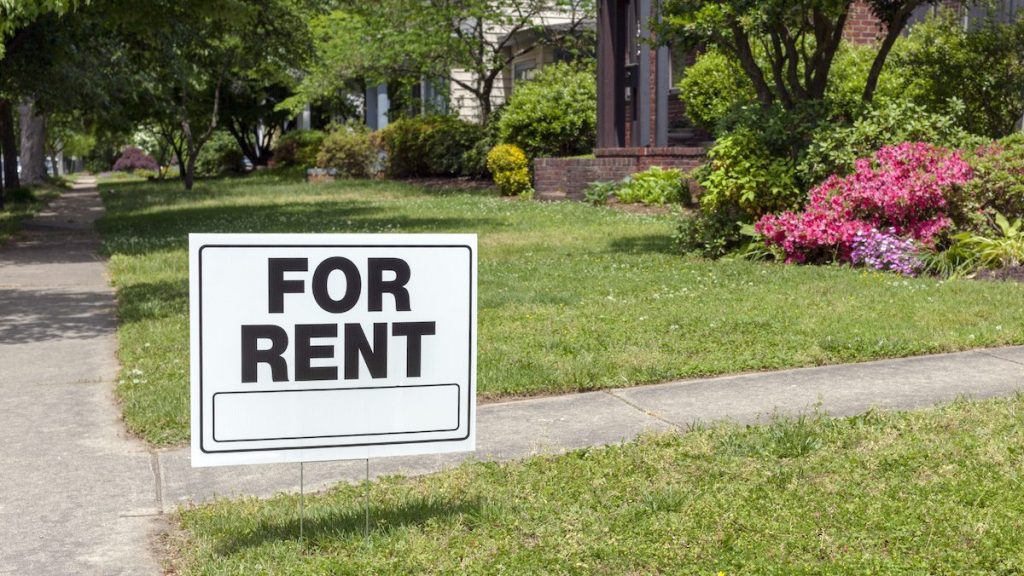American suburbs surrounding the nation’s 50 largest metropolitan areas gained a total of 4.7 million new residents since 2010, with 3.7 million of them renters, according to a report by nationwide apartment search website RENTCafé on U.S. Census Bureau data.
Today, an estimated 21 million people rent a suburban home in one of 50 largest metros. On average, renters made up 39% of the suburbs surrounding these metros.
Out of the 1,105 suburbs analyzed, a total of 242 are renter-dominated, 103 of which were owner-dominated 10 years ago. This represents a 69% increase in the number of suburban areas where renters are the majority, according to the report.
During this same time period, only four suburbs transitioned to owner-dominated. Additionally, the number of suburban renters grew by 22% between 2010 and 2019, as compared to a 3% increase in the number of suburban homeowners during the same time period.
Of the 103 suburbs that made the switch, 39 are located around three metros: Washington D.C. (14), Miami (13) and Los Angeles (12). One of the most notable switches was that of famed Los Angeles’s suburb, Beverly Hills, which recorded a renter share of 50.7%, up from 49% in 2010.
How much house can you afford to buy?
For many, the homeownership journey begins by trying to figure out how much house you can afford. “Take precautions and make sure you’re not overbuying.”
Presented by: Citi
Washington, D.C. suburb, Merrifield, VA, was also owner-dominated 10 years ago, but as of 2019, it has the highest share of renters (64%) of the 103 suburbs. This was an 87% increase in renter population.
Most of these new renters are millennials and Gen Z looking for more affordable housing options, as 55% of suburban renters are younger than 45 with median household earnings around $50,000.
Looking ahead, RENTCafé estimates that 57 additional suburbs will become renter-majority within the next five years. Associate professor of sociology at Millikin University Kenneth Laundra believes that the effects of the COVID-19 pandemic are partially to blame.
“With the increase in remote work, short-term projects and ‘side hustles,’ there’s every reason to believe that the future will be a more transitory, migratory existence,” Laundra said in a statement. “Most of this migration will be toward cities and urban landscapes, where even the suburbs will cluster most closely to urban areas.”
Most of the suburbs expected to flip are in California and Florida, with quite a few others in Georgia, Maryland, Missouri and Ohio. However, the Cleveland suburb of Maple Heights is the suburb with the highest likelihood of transitioning to renter-majority the soonest. The share of renters in Maple Heights nearly doubled (up 87%) in the past 10 years, reaching 47% in 2019.





